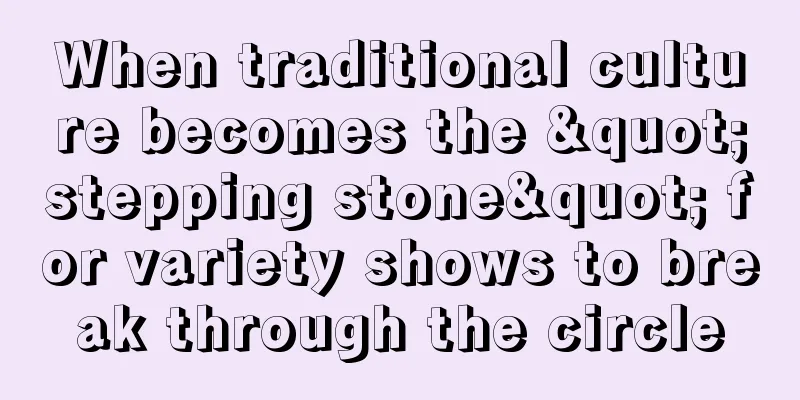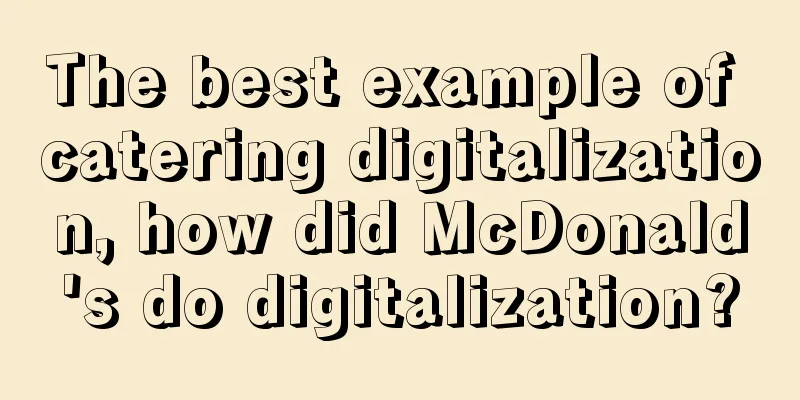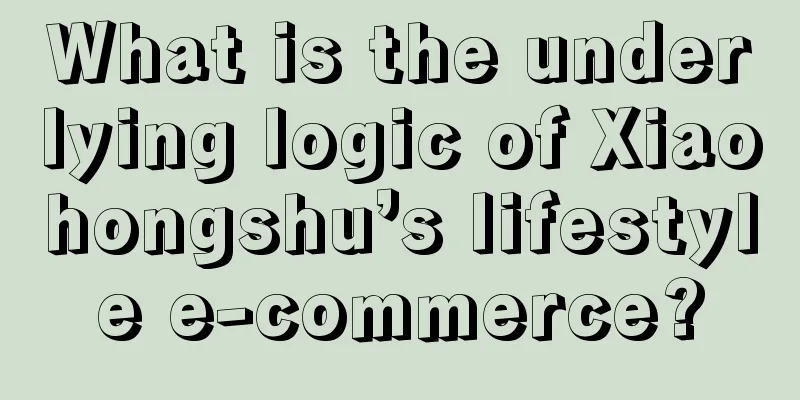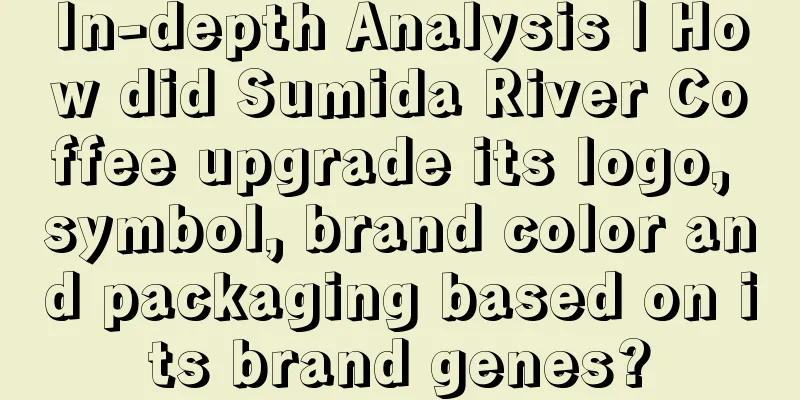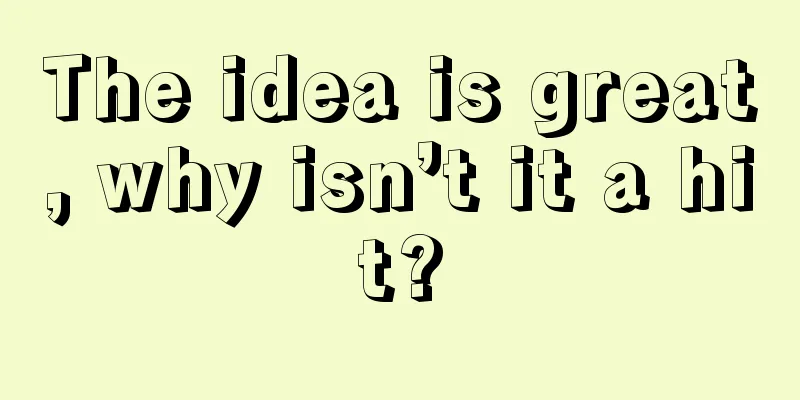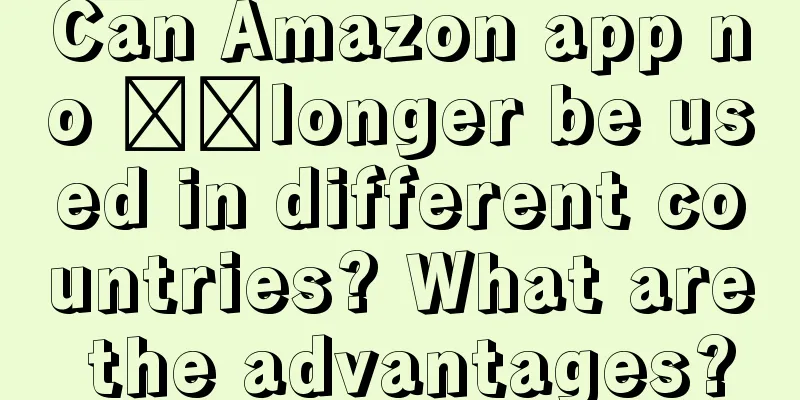Reveal the truth about your brand with 6 smiles

Why did Jiangnan Leather Factory close down? Why did the Big Yellow Duck and Pikachu become popular? Why did Ding Zhen become popular? Why is Mona Lisa a world-famous painting? How did Lay's potato chips go viral? The essence of these questions is related to brand marketing. In other words, why must low-end manufacturing be branded? How should brand IP be built? What is the value of emotional marketing? How can a brand quickly go viral through social interaction? In fact, the answer can be revealed with a few smiles. 1. Why do we need to build a brand? The “smile curve” tells youIn 1992, Acer founder Stan Shih proposed the concept of the "smile curve", which reveals the added value of industrial development. In the smile curve, the left side is product research and development, the right side is brand/service, indicating that the added value is relatively high; the middle is manufacturing, indicating low added value. Low-end manufacturing has almost no added value, so corporate profits will continue to shrink and are easily affected by the premium capabilities at both ends. From the smile curve model, we can see that if your company wants to make greater breakthroughs, it must either have R&D and innovation capabilities and master certain knowledge products. For example, Apple has many patents and occupies 50-60% of the profit space in the global supply network; Either you must build a big brand or service, closely connect with consumers, and use the brand to stick to consumers. Especially in the liquor industry, the biggest competition lies in brand. Moutai and other sauce-flavored liquors have the same raw material costs and production methods, and the liquid taste produced is also similar, but it has unique value because of its brand. From the perspective of corporate development, if the manufacturing industry wants to obtain greater profits, it must seek benefits from both ends, which is why companies need to build brands. 2. How to create a brand IP? Look at Smiley and you will knowIn 1948, the world had experienced two world wars and was shrouded in a haze. After years of fighting and displacement, the world needed a smile. Therefore, the International Red Cross designated May 8, the birthday of their founder Henry Dunant, as World Red Cross Day, also known as World Smile Day. Thus, mankind had the first festival of emotional symbols. In 1963, the Massachusetts State Mutual Life Insurance Company was facing a hostile takeover and the company's employees were in a low mood. Designer Harvey Ball charged $45 and spent ten minutes to design a happy smiley face to boost employee morale. This is the famous Smiley image. After that, the smiley symbol swept the world, not only published in major newspaper cartoons, but also spontaneously spread by many stars as posters and clothing. Later, Smiley was not only a smiling icon, but also became a lifestyle, advocating people to face the power of smiles and change their lives and the world. When the concept of brand IP had not yet been proposed, Smiley had already become a global super IP. It explains the process of IP evolving from image to culture, and also reveals the path to establishing brand belief:
If your brand IP takes every step correctly, it will definitely present huge future value. 3. What is emotional marketing? #SmilesSpreadChina# has the answerIf you can’t understand Ding Zhen’s sudden popularity, you still don’t understand the value of emotional marketing. Coca-Cola is also a typical example of emotional marketing. The happiness value it advocates can be said to be the No. 1 in the fast-moving consumer goods field. The difference between a brand and a product is that a product communicates selling points and reasons for purchase, while a brand communicates emotions and values. Together, the two build a marketing ecosystem that fascinates consumers. Ding Zhen became popular because of his smile. His smile is very contagious, which is in stark contrast to the poor Tibetan area where he lives, and also conveys a pure emotional experience. To put it bluntly, his smile is the symbol of optimism + Tibetan faith. Marketing with the same emotional value is led by Crest. In 1996, when Crest entered China, it opened up the market through a marketing campaign of "spreading healthy and confident smiles across China". At that time, Crest's advertisements were broadcasted on CCTV in turn, becoming the memory of a generation and continuing to this day. Smile can be said to be the brand background of Crest, but it has been going astray since then, and Colgate is almost occupying the emotional symbol of "smile". The key to emotional marketing is to present the best state, so that consumers can switch from rational thinking to emotional thinking, and finally rely on intuition to consume. Emotional marketing is to make people get carried away, without rational thinking, and pursue the appeal of the brand. 4. How to play interactive marketing? Lay's has a therapeutic effect on laughterSince 2010, Lay's potato chips have established a theme for their Spring Festival marketing: Bring the fun home. This has been going on for more than a decade, but the popularity is obviously not as high as Pepsi's #Bring the fun home#. Because Lay's belongs to PepsiCo, the two brands have been using the same slogan for many years. What I want to say is that Lays potato chips contributed a big drama in 2016. It was based on Pepsi's Monkey Year drama - the nostalgic film of Liu Xiao Ling Tong. They packaged it with a smile and created a big drama of product interaction. With a monkey-shaped smiling face on the packaging and the help of celebrities such as Liu Xiao Ling Tong, Li Yifeng, and Amber Kuo, Lay's potato chips quickly dominated the WeChat Moments. Because the product packaging has a strong social participation attribute, this product quickly became popular and became a classic example of Lay's potato chips marketing. Lay's monkey face bag is perfect for sharing. Especially in the current situation where people are eager to share, if this potato chip bag continues to have a Chinese zodiac sign every year, then the continuous co-branding of IPs will have great commercial value. 5. Smiling Contemporary Art – The Recognition of Brand SymbolsThere is a term nowadays, called product homogeneity. Logically speaking, humans have so many smiles that they are most likely to be homogenized. How to increase recognition is a common topic for brands and humans. The most "funny" artist in contemporary art is probably Yue Minjun, who uses "smile" as an artistic symbol and strongly associates it with his own creations. In 2007, his solo exhibition titled "Yue Minjun: Iconic Smile" was held at the Queens Museum in New York, USA. In the same year, he was featured on the cover of Time magazine and was elected "Time Magazine's Person of the Year". He uses his "idolized self" to interpret the crazy me, the teasing me, the absurd me, and the playful me, becoming an unavoidable symbol of contemporary art. Brand recognition can also be learned from art. By magnifying a certain element of a product and making it relate to people's emotions, it can have a certain degree of recognition. Therefore, for advertising creatives, homogeneity should not exist. In the same product, we can find different ways to magnify key elements and form our own communication characteristics. 6. How do I use smile marketing?A simple sense of form will do. The smile is something I have always wanted to use and leverage. Finally, during a competition for China Auto Rental, my design partner and I came up with a blue V co-branded smile design, using the copywriting of China Auto Rental to link it with different brands, and finally forming the copywriting into a smiley face, giving people a happy mood. For example, the copywriting for China Auto Rental × Bawang Shampoo is:
Zhihu×Car Rental China, the copy is:
In short, brands are not parallel universes of life, but should be integrated with each other. Therefore, brands can also be found in life, and of course life can also be found in brands. The truth of brands is also the truth of life. Author: muguahao WeChat public account: Qu Tailang |
>>: 30 Models You Must Master for Private Domain Operations in 2024 (Version 3.0)
Recommend
What is the specific difference between cross-border e-commerce and foreign trade?
Now, whether it is cross-border e-commerce or fore...
How advanced is the brand placement in the hit drama "Fanhua"?
The sensational drama "Fang Hua" not onl...
What are the overseas shopping websites? Website introduction
There are domestic shopping websites in China, and...
The volume of voice overshadows Douyin, and the "five high" brands should not miss the video account
This article mainly discusses the development tren...
E-commerce data analysis methodology: using data to drive business decisions
"E-commerce data empowers decision-making, an...
Interpretation of the Prohibition and Restriction Rules of Alibaba International Station Announcement on Changes in Controlled Devices
To further regulate the development of the platfor...
What is the difficulty in marketing functional products?
The marketing of many functional products is diffi...
Five key marketing trends for 2025
As 2025 approaches, many changes in the marketing ...
Which one is better, Lazada or Wish? What are the differences?
Nowadays, cross-border e-commerce is actually a ve...
Joy of Life 2: The Siphon Effect of S-Class Dramas
Joy of Life 2 concluded last night. What can we se...
Xiaomi, a walking marketing textbook
This article deeply analyzes the marketing strateg...
Double 11 started in a "quarrel": platforms and anchors confronted each other, and top anchors competed head-on
This article starts with the hot events of Double ...
How to restore a deleted Amazon detail page? Where is the detail page?
After Amazon merchants upload products, they need ...
How to join Shopee cross-border e-commerce? What are the conditions for joining?
With the development of cross-border e-commerce pl...
Can Shopee be deregistered and reopened? Why was it shut down?
When everyone first joined the Shopee platform, th...

